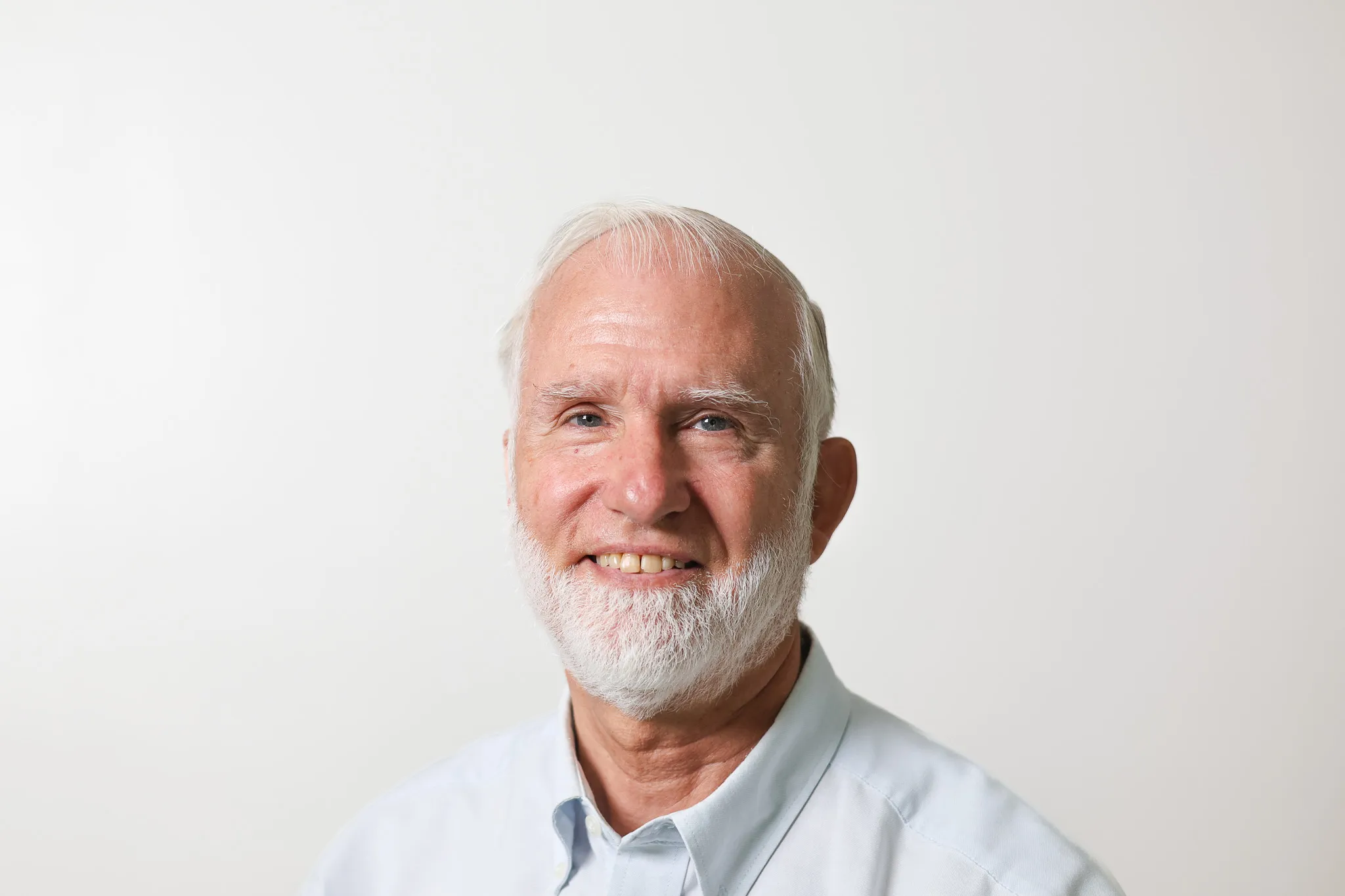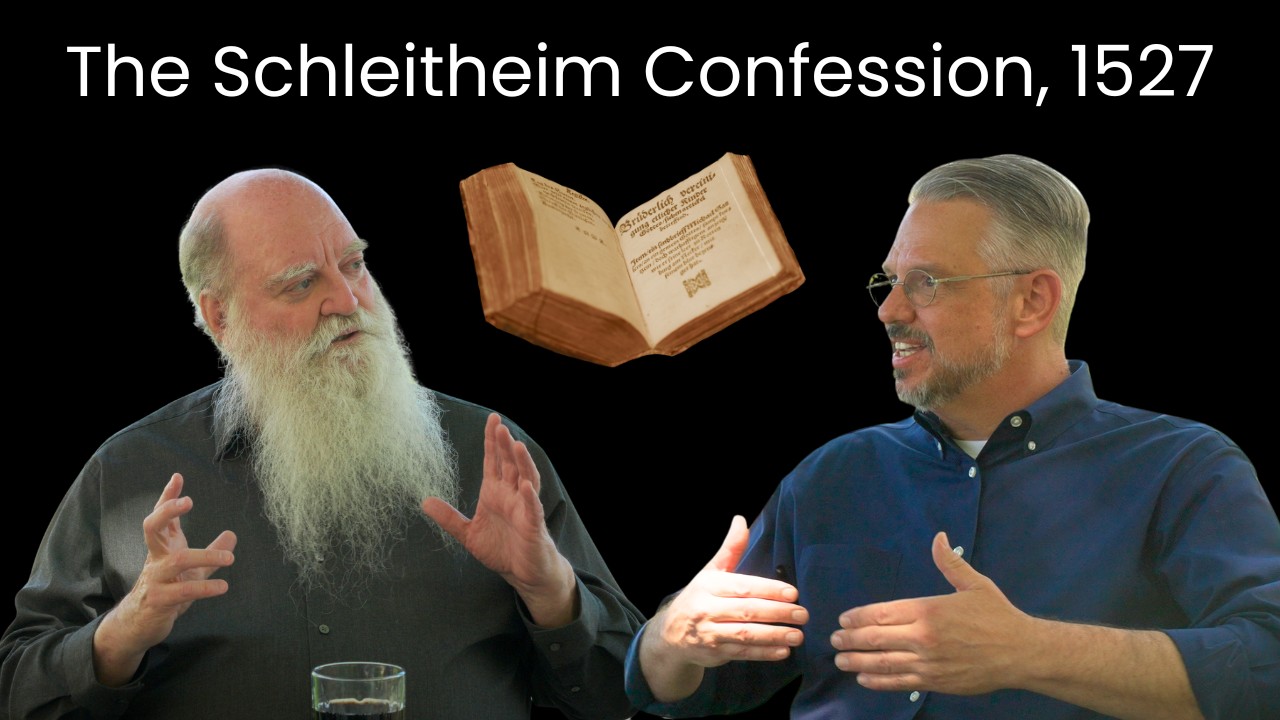Religious Dualism
Preface:
In the following article Dualism will be understood as separating Wholeness into two distinct parts in order for practitioners to feel good about themselves while not being Whole. The two separate parts may or may not include truth as part of each whole. Religious Dualism is a widespread Christian problem inherited from the Gnostic heresy. The Apostle John directly deals with the Gnostic heresy of his day in his first and second epistles.
Religious Dualism provided the justifying framework for the Roman Catholic Holy Wars, including the Crusades. After butchering Muslims, the crusading butcherers could take the Mass, be forgiven for any and all sins, and return to their work of butchering more Muslims. The consecrated wafer was, to them, Christ within, grace provided by the authority of the Roman Catholic Church. The pattern had been long established by this authority: commit sin, deal magically with the sin, commit sin again, deal magically with the sin, repeat continually until death.
Martin Luther discerned the wrongheadedness of the process. He discovered that the Epistle of Romans teaches that salvation comes by grace alone, by faith alone, The just shall live by faith. There is no magic in the Mass; the Roman Catholic Church does not have all the authority that it claimed; the Pope is Antichrist. Faith in the finished work of Christ qualifies a soul to have his name recorded in the Books of Heaven. Salvation is by a forensic declaration of God. All past, present, and future sins are forgiven.
The early Anabaptists noted that Luther’s position, which became Reformation Theology, remained Dualistic. People still sinned regularly but the method of removing the sin was transferred from the Roman Catholic Church to God who kept declaring sinners to be righteous. Once again personal sin was no big deal because the sin counted for little as long as the soul was continually being declared righteous. Thus, the German morals on a broad social level declined with the passing of years. Martin Luther was distressed with the fact.
Any serious-minded, thinking person is repulsed by such dichotomy. Furthermore, the New Testament simply does not condone Religious Dualism; in fact, it repudiates it. The first Epistle of John zeroes in on the problem, noting that Religious Dualism is an expression of the Gnostic Heresy. Jesus Christ did have a material, fleshly body which practiced righteousness. He was Whole, Complete, One; He had no hypocrisy about Him. He expects the same wholeness to characterize the lives of His disciples. Apostle John labels Religious Dualism as the spirit of antichrist, which it truly is.
Gnosticism teaches, among other things, that the spirit is good but the material is evil. It separates soul from body. Soul/spirit is really real but the flesh is evil, unredeemable. The only way to live successfully is to think and to live on two levels. The spirit/soul desires goodness and truth but the human body cannot really behave in good and true ways. It must be excused.
Fallen human nature naturally gravitates to Dualism as “The Fix” to human failure. Throughout history religious people have been practicing Dualism as their religious Fix. But early on, the Almighty God commanded that His people worship only Him, no other. That kind of Fix was not OK. We know the record of human failure to obey that command. Idolatry has been mankind’s besetting sin, its traditional Fix.
Even before Gutenberg’s printing press, prevailing Religious Dualism in medieval Europe disgusted people and motivated many earnest, truth-seeking souls to adopt the Waldensian faith and later to become Anabaptist. Religious Dualism in any form is phony, a religious game, unworthy of Christ or even of serious contemplation. Religious Dualism, in essence, claims that humans cannot be wholly redeemed, a slap in God’s face. And, instinctively, people know that doubleness is false; wholeness/oneness is true. Universally, people admire Jesus Christ as a living model of Wholeness. In His earthly experience Jesus Christ scathingly denounced the hypocrisy of the scribes and Pharisees, giving them no space to justify any part of their dualism.
No one really respects hypocrisy; it is simply disgusting. It did not take much time for the people listening to Jesus to note that He spoke with authority, not as the scribes. Wholeness/oneness carries its own authority. The only real way for Dualism to deal with Wholeness is to persecute it. Three and one-half years were all the Dualists of that time and place could take of Jesus’ Wholeness and then they proceeded to get rid of Him. The non-Dualistic followers of Christ have suffered with Him now for two thousand years. Universally, Wholeness exists as a threat to Dualism; it always has and it always will.
Why do the Dualists persecute Wholeness/Oneness? Hypocrisy has been the refuge of mankind for thousands of years. Anybody who breaks out of the Refuge exposes the Refuge as fake. People hate being exposed as fake. Human beings feel comfortable when other human beings are similar to them. Anybody who steps out of the Sameness of Dualism causes discomfort. Thus, the charge of Dualism cannot be tolerated because it unmasks the entire comfort system, exposing Dualism fakeness.
Idealistic young people are strongly attracted to Wholeness for its Truth, Beauty, and Goodness. At the same time, they struggle with their own fallenness. History repeats and repeats the story that eventually youthful idealism is lost to the pressures of Dualism. In other words, idealistic young people eventually learn to play the Human Game – Dualism.
However, no one really needs throw up his/her hands in despair. God Himself understands the human problem and addressed it directly in the New Testament. Jesus Christ both demonstrated and taught Wholeness. But to become Whole, a human soul must lose itself in repentance so that the Miracle of Resurrection to Wholeness can happen. Most people have been unwilling to do that. But throughout history some people have been willing and thus have discovered the deep and rich liberation of Wholeness.
The forgiveness of sin upon genuine repentance is the first qualifying miracle. Struggling with doing what one does not want to do and failing to do what he/she does want to do then follows. This Romans 7 experience is necessary in order to convince human beings that it requires miracles of grace to do right. The flesh cannot please God. But dropping off the end of the Rope of Despair into the Hands of Grace requires great faith, exactly what is necessary for grace to kick in and be effective. The Miracles of Resurrection power create an entirely new worldview, a whole new dimension to life because Wholeness is exactly what each human soul desires. Personal Dualism and Dualism everywhere become repulsive.
Wholeness is quite liberating! Fear of exposure is simply gone because there is nothing to hide. The light and the joy of Truth, Beauty, and Goodness energize and motivate the soul constantly! Christ smiles over the Healed Whole Soul. And the Healed Whole Soul smiles at the world.
Tags:








Phillip Mast
6 years ago
“Yes, it is a living, creative, active and powerful thing, this faith. Faith cannot help doing good works constantly. It doesn’t stop to ask if good works ought to be done, but before anyone asks, it already has done them and continues to do them without ceasing. Anyone who does not do good works in this manner is an unbeliever. He stumbles around and looks for faith and good works, even though he does not know what faith or good works are. Yet he gossips and chatters about faith and good works with many words.” ~ Martin Luther https://christian.net/pub/resources/text/wittenberg/luther/luther-faith.txt It looks like this article misrepresented Luther a bit. He actually believed the same as the Anabaptists in regards to Sola Fide although he didn’t always act consistently with his beliefs.